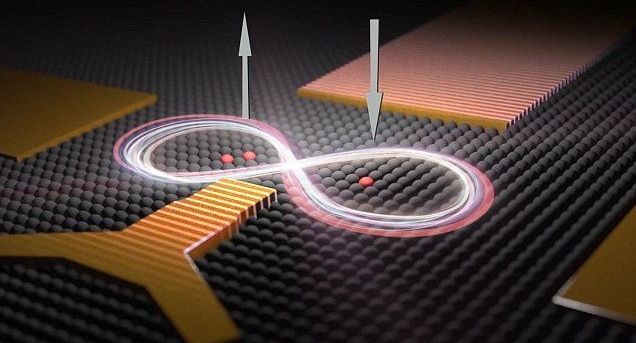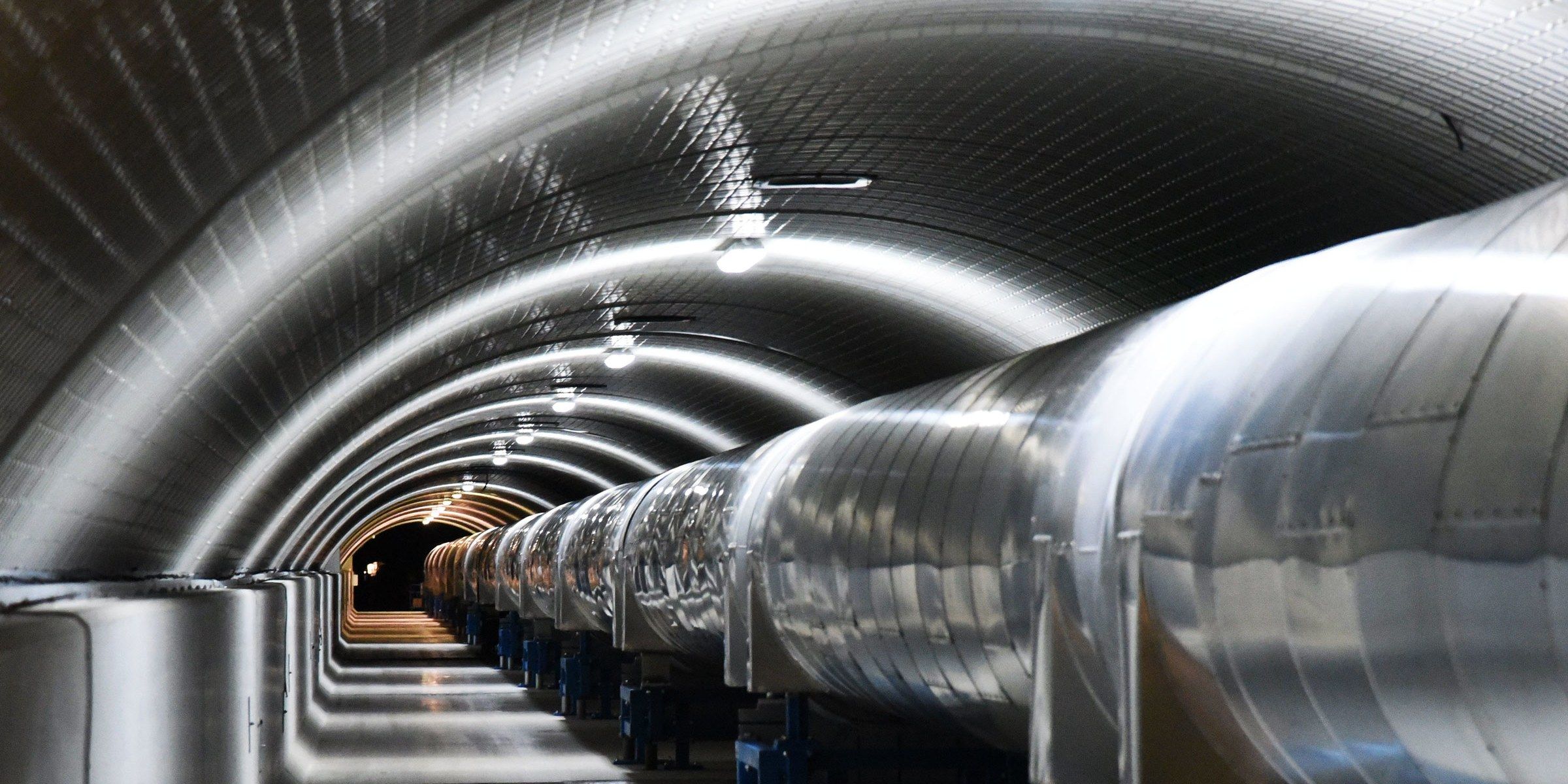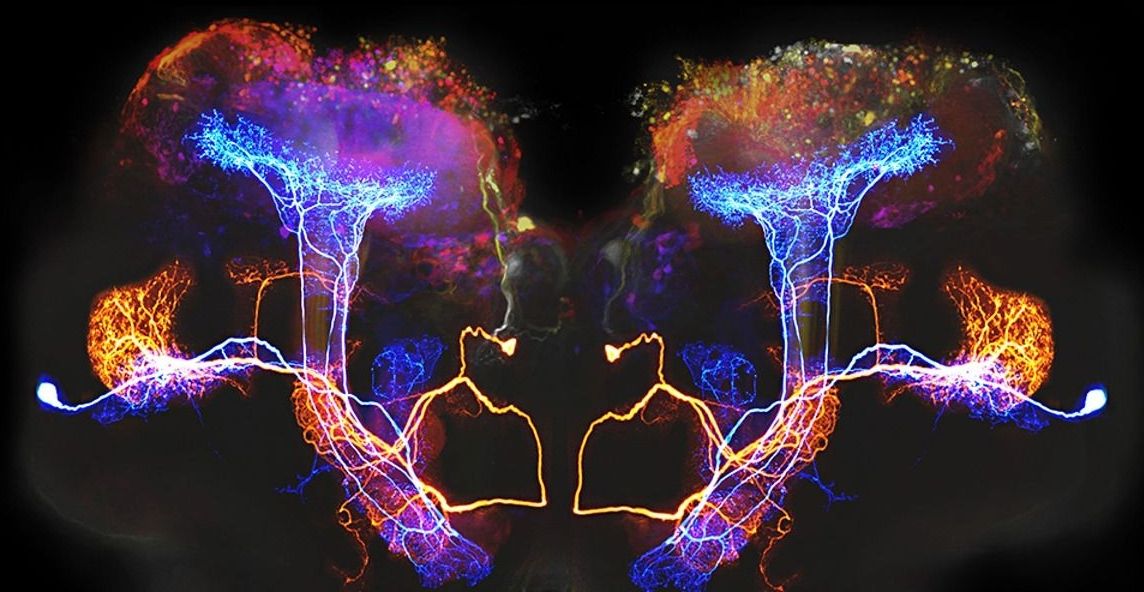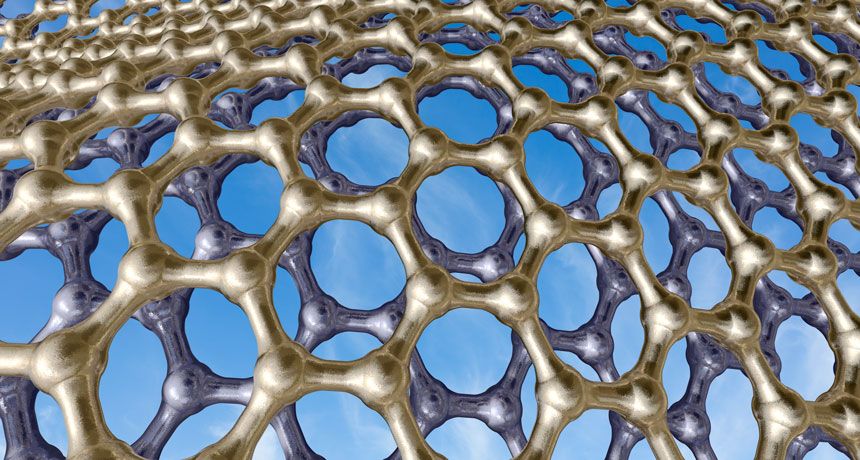Mar 9, 2018
DARPA’s Human ‘Stasis’ Program Sounds Like Science Fiction But It Could Save Lives
Posted by John Gallagher in categories: biotech/medical, military
The idea of placing humans in stasis is one that has been explored in exhaustive detail through science fiction. Simply put it is the ability to quite literally press pause on our bodies and then wake up at an undefined time in the future.
While many (mostly millionaires) have tried and failed to perfect the technology it’s something that the US Military is now taking very seriously.
Its top secret research division known as DARPA has confirmed that it is now launching a Biostasis program where it will try to find a way of slowing the human body to an almost complete standstill.
















